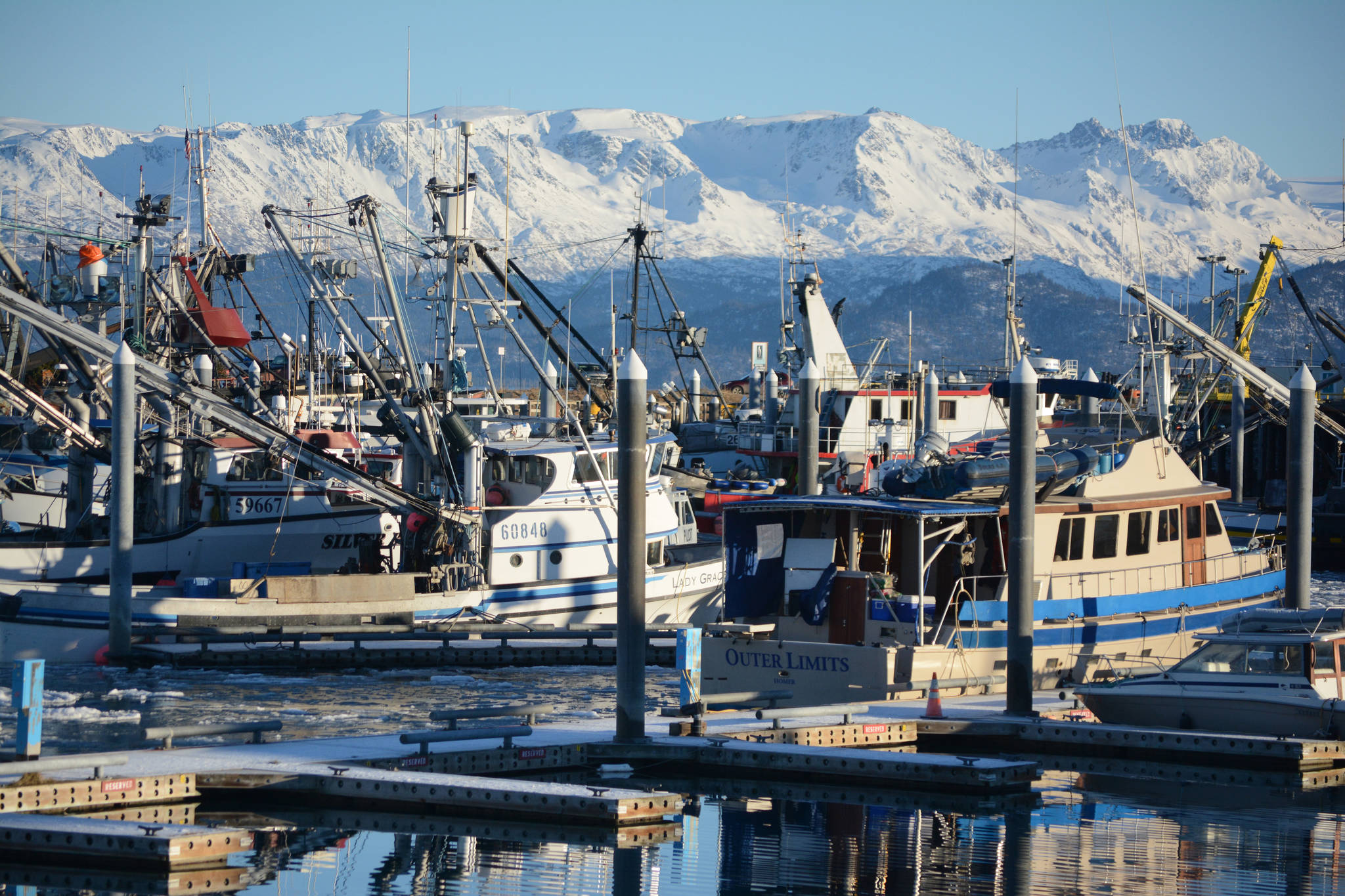Alaska Public Media station KCAW in Sitka held a “Future of Fishing” panel discussion recently, and their Christmas present for Alaska fishermen was seeing the possibilities and dangers from people with deep roots in the industry.
The one-hour discussion was attended by three diverse fishermen who expressed hope that experiencing the recent tumult in Alaska fisheries will serve as a wake-up call about all the threats fishermen are facing, from climate change to regulatory issues, and try to help them look further into the future than the next season..
Harvey Kitka was born and raised in Sitka. His father seined prior to statehood, when fishermen were paid by the fish, and his grandfather seined before hydraulics were in use, hauling the net by hand.
Linda Behnkin is the executive director of the Alaska Longline Fishermen’s Association, and served nine years on the North Pacific Fisheries Management Council, and fishes out of Sitka.
Heather Bauscher chairs the Sitka Fish and Game Advisory Committee, and is one of the faces of the next generation of Alaska fishermen who are politically active, regularly attending Alaska Board of Fisheries meetings as well as other fishery-related forums. She also fishes out of Sitka.
Kitka is an advocate for rebuilding herring stocks in Sitka, and recalls seeing satellite photos that he thinks are some of the first ever to take earth images, one of which showed Baranof Island, where Sitka is located.
“And it just happened to be the time when the herring were spawning. And it really shocked me to look at that picture and see that around the whole island was white with herring spawn. And now it’s just Sitka Sound, basically,” he said.
Behnkin said, “I’m thinking a lot about what’s going on right now in the Bering Sea, with crab with salmon, where we’ve seen these huge population crashes, and what that’s meant for the people who depend on those resources, whether they are the subsistence people of the Yukon, or the commercial crab fleet that’s just lost everything. That, yeah, the system’s changing, but there was a long time of people depending on those resources, watching things change with kind of glacial timing of receding and advancing — but adapting. And now we’re managing as if we’re in this little time slot, we’re not thinking enough about the past and not thinking enough about the future. And with the changes might be bringing.”
Bauscher said that while the Gulf of Alaska isn’t currently experiencing the kinds of collapse seen in Bering Sea crab and Western Alaska salmon, that scenario could happen, especially considering that the GOA cod season was canceled in federal waters in 2019.
“If we can’t get a handle on some of these threats to the resource, we might be in a position like that down the road,” she said.
Kitka spoke about changes to the king salmon being caught in the area, something also very noticeable in the Kenai River and elsewhere.
“Back in the 50s and early 60s we had 50-, 60-, 70-pound (chinook) fish being caught in Sitka Sound,” Kitka noted. “Now we’re lucky to see a 30-pounder. What a world of difference in size and things. It would be nice to know what actually happened out there in the ocean. When only the herring were left, and (other forage fish species gone) and this is one of the things I was so concerned about: The only thing that man controls is what we take, and if we don’t keep track of what’s happening in the natural cycle and try to adjust ourselves to, we’ll be hurting ourselves in the long run.”
The whole session can be found at www.kcaw.org.
Cristy Fry can be reached at realist468@gmail.com



